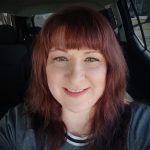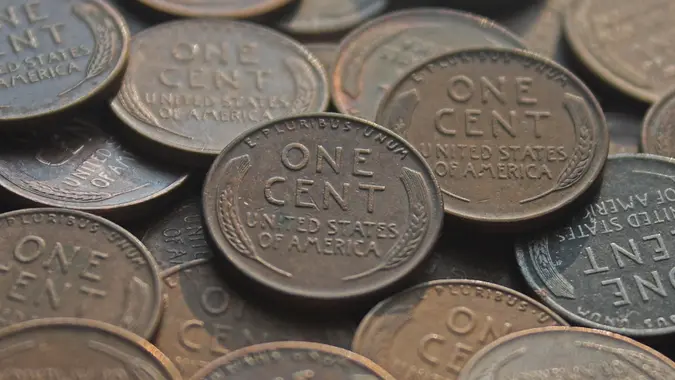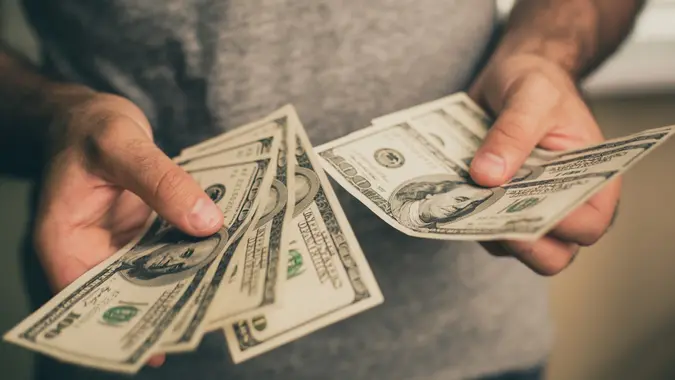Jaspreet Singh: Get Rich in 2025 With These 5 Assets

Commitment to Our Readers
GOBankingRates' editorial team is committed to bringing you unbiased reviews and information. We use data-driven methodologies to evaluate financial products and services - our reviews and ratings are not influenced by advertisers. You can read more about our editorial guidelines and our products and services review methodology.

20 Years
Helping You Live Richer

Reviewed
by Experts

Trusted by
Millions of Readers
When investing to grow wealth, you might focus on investing in a particular type of asset, like crypto or stocks. However, the financial influencer Jaspreet Singh views this as a common mistake that can cause you to lose a lot of money if the economy goes down.
Singh’s investing philosophy focuses on spreading money across multiple assets for risk protection. According to BlackRock, this strategy can lead to less volatile returns and a higher chance of long-term growth.
In a recent video on his Minority Mindset YouTube channel, Singh recommended buying these five types of assets to become rich in 2025.
Paper Assets
Singh focused on stocks as paper assets and explained that diversification goes beyond putting money in multiple companies or stock types. He also recommended against chasing the market since emotions can cause excited investors to buy at high prices and fearful investors to lose money.
His suggested strategy is regularly making purchases and then leaving those investments alone. While losing some money is normal, this approach can help you better ride through recessions. Plus, Singh advised against targeting individual stocks.
“One of the simplest ways that you can start is not try to find the next Tesla, not try to find the next Amazon, but instead just invest in the economy,” said Singh.
He suggested buying stock exchange-traded funds (ETFs), such as the Vanguard Total Stock Market ETF (VTI) and SPDR S&P 500 ETF Trust (SPY).
Hard Assets
Hard assets are things you physically own, including real estate. While a personal home may appreciate and provide a profit when sold, Singh recommended a rental property since it can give you a source of ongoing income rather than primarily be an expense.
Singh gave the example of spending $200,000 in cash to buy a property that you rent out for $2,100 monthly ($25,200 yearly) and costs you $11,000 annually in expenses. The potential yearly profit would be $14,200 — a 7.1% return on investment.
But with Zillow reporting a higher $356,585 national average home value, finding an affordable property can be challenging, and taking out a loan will increase costs. Singh mentioned sharing ownership or using crowdfunding sites as alternatives.
Protection Assets
According to Singh, physical gold is comparable to a “doomsday insurance” that might help you better protect your buying power than you can with cash. He discussed keeping around 2% of his portfolio in this protection asset and making regular purchases.
“When I invest in gold, I don’t consider it an investment, per se. I look at it as a way of saving hard money, kind of like hard dollars,” said Singh.
Since the goal is protection, the strategy is to leave the gold alone rather than regularly sell it for a profit. Singh mentioned he didn’t follow price changes.
Speculative Assets
Speculative assets are high-risk choices like NFTs, crypto, collectibles and startups. Singh explained that quick rises and crashes are common with these vulnerable assets, so they’re no place for your life savings.
He discussed understanding the risk before you buy these investments. Also, know that government protections don’t apply to crypto as they do your cash held at insured institutions, according to the Federal Trade Commission.
Consider how comfortable you are with dedicating a portion of your portfolio to these assets. While Singh said his speculative assets totaled 16% to 18%, he suggested a lower 10% to 12% starting point for new investors.
Income-Producing Assets
Income-producing assets can provide funds for your needs and goals. Singh gave a few examples and potential returns — such as high-yield savings accounts (3% to 4%), dividend stocks (2% to 7%) and rental properties (5% to 8%) — but he suggested a different option for long-term growth.
Singh said, “Having a cash-producing business is really where now you can supplement your lifestyle and supplement how much money you’re investing.”
While a business usually requires upfront costs you need to cover, there’s also limitless income potential. Singh talked about starting his company for under $500 and growing it to eventually expand the business, cover personal expenses and buy more investments.
 Written by
Written by  Edited by
Edited by 

























